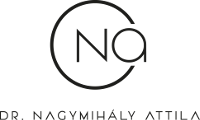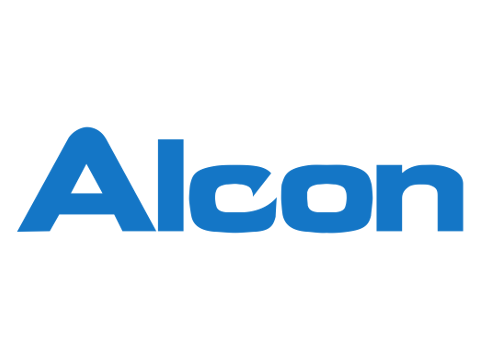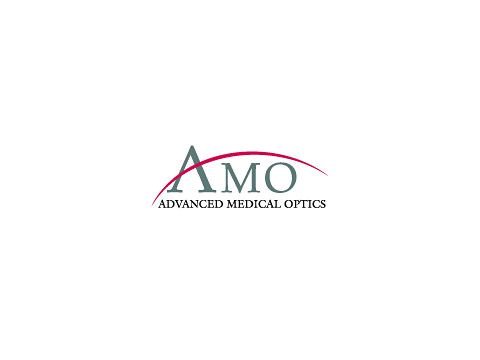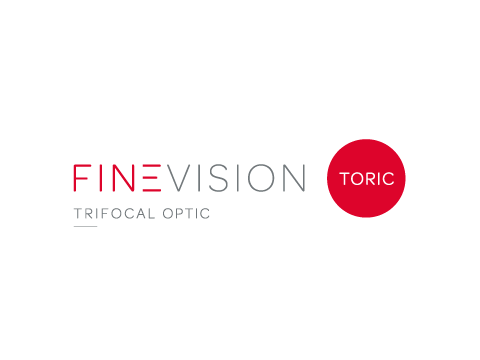INDIVIDUAL IOLS CUSTOMISED TO YOUR NEEDS
The choice of the intraocular lens (IOL) is of vital importance in terms of achieving an optimum vision outcome after the surgery.
When selecting the optimum IOL for you, Dr. Attila Nagymihály will also take into account your lifestyle, work, everyday activities, hobbies etc. in addition to medical considerations. As a result, you can feel assured that you will have an IOL implant best suited to your needs. Among others, this is why a thorough ophthalmologic examination is so important before surgery.
The next step of IOL selection is IOL planning. Essentially, it refers to identifying the IOL best suited to the eye in question and ensuring perfect vision.
IOL planning is carried out using one of the most precise optical IOL planning tools in the world: a Lenstar instrument manufactured by Haag-Streit, Switzerland. During the process, we “take the size of” the eye and select each IOL individually.

AVAILABLE IOLS
COMPARISON TABLE FOR MONOFOCAL, ENHANCED MONOFOCAL, EDOF AND TRIFOCAL LENSES
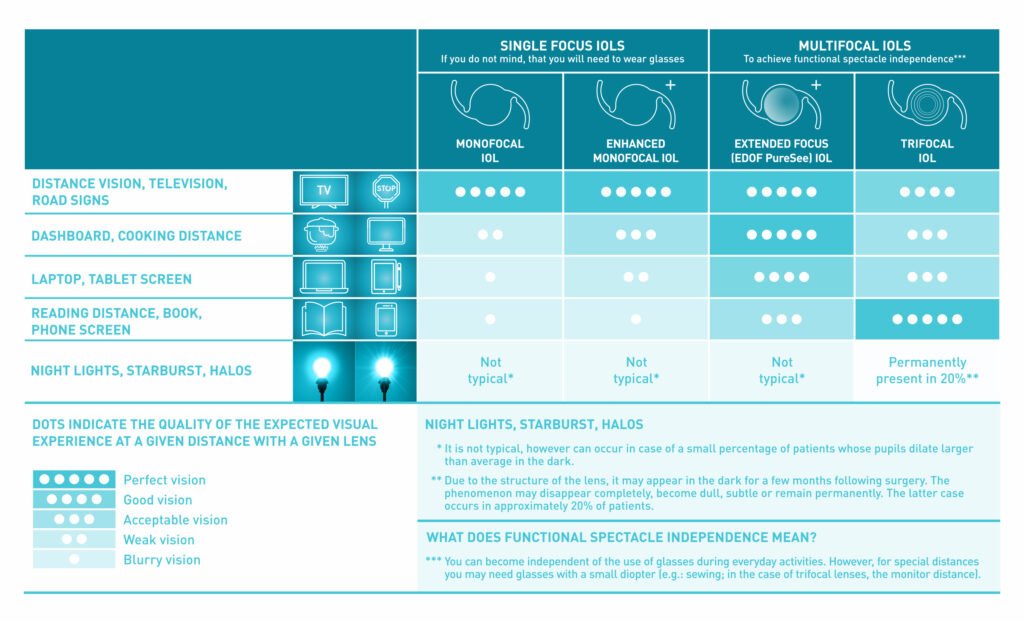
TRIFOCAL IOLS
Trifocal IOLs provide sharp two-eyed vision for near, middle and far distances too. They represent a comfortable solution, and you most probably will not need any glasses in the future.
 Trifocal IOLs may ensure perfect vision to many people. The ideal candidate is an individual over 50 years of age, who wears glasses for near and perhaps for far vision but does not like wearing glasses. It does not matter whether you have cataract or not; trifocal IOLs may be implanted in both cases.
Trifocal IOLs may ensure perfect vision to many people. The ideal candidate is an individual over 50 years of age, who wears glasses for near and perhaps for far vision but does not like wearing glasses. It does not matter whether you have cataract or not; trifocal IOLs may be implanted in both cases.
There are certain cases when trifocal IOLs are not recommended. These may include:
- Other ongoing ocular diseases such as macula degeneration, or a retinal or corneal disease)
- One-eyed patients (that is, patients whose vision is poorer in one of the eyes)
The optical structure of trifocal IOLs is based on a principle which is completely different from that of multifocal glasses. You do not have to adjust your head position to see sharply, and the visual field is not restricted either. This means that there are no problems with getting used to this type of IOL.

EXTENDED FOCUS (EDOF and EDOF PURESEE) IOLS
Extended depth-of focus lenses have expended range of vision creating a single and elongated focal point to enhance depth of focus. These IOLs provide good visual experience on far and middle distances. With EDOF lenses the patient will need reading glasses for 20-40 centimeters, however will become more independent of glasses during everyday activities. The EDOF lenses allow the patient to perform routine activities without glasses, such as daily shopping, sports, watching TV, computer work, driving, and more. Reading glasses will be needed for precise, meticulous work or reading newspapers and books.
- The EDOF PureSee (J&J Tecnis PureSee) lenses are a good choice for jobs that require a lot of night driving, as not only distant objects will be sharp for the driver, but the dashboard will also be in the sharp range. Thanks to the design of the lens, it provides excellent distance vision in low light conditions and at night, usually without disturbing light phenomena.
- Traditional EDOF lenses can also work well for daytime driving, as visual acuity is good at the dashboard distance, however, with these lenses, visual acuity in the dark may be minimally reduced, and glare or halos may appear around the lights. The phenomenon may become more subtle as regeneration progresses, then disappear completely, or it may become permanent. The persistent presence of disturbing light phenomena does not cause a problem in 80% of patients.
MONOFOCAL AND ENHANCED MONOFOCAL IOLS
Monofocal IOLs ensure perfect vision at a given focal distance. In general, IOL planning is carried out in a way to ensure perfect vision at far distances (such as being outdoors, driving or watching TV), and glasses will be generally required for working, i.e., when viewing at short distances.
Enhanced monofocal lenses also provide very sharp vision at one distance, usually far away, but thanks to the design of the lenses, they improve depth of focus so that objects in the middle distance can also be seen relatively clearly. When driving, the dashboard, although not perfectly sharp, can probably be read by the driver without additional glasses. However, for reading at close and middle distances (e.g. a monitor), you will need reading glasses.

ALL TYPES CAN BE COMBINED WITH TORIC (CYLINDRICAL) CORRECTION
If someone has cylindrical glasses or contact lenses (astigmatism), that person will only see sharply after IOL surgery if the cylinder dioptre is also taken into account during IOL planning. Cylinder dioptres may also be corrected with any type of IOL including monofocal, enhanced monofocal, EDOF and also trifocal cylindrical IOLs.

